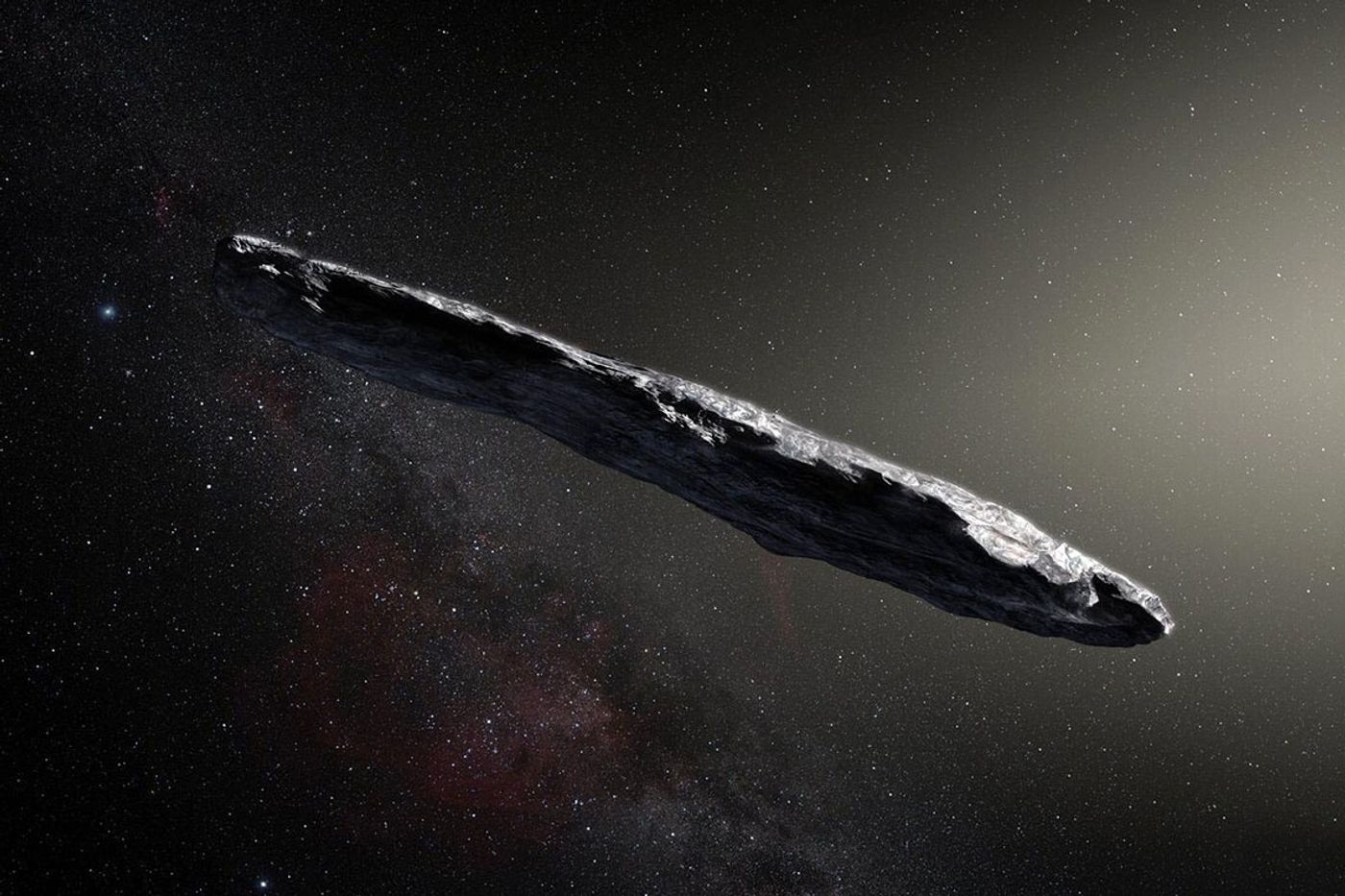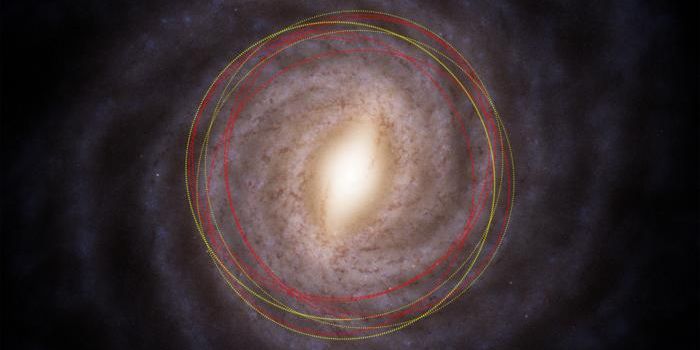Classifying Oumuamua Proves More Challenging Than Initially Thought
It was almost one full year ago that an unforeseen interstellar object whizzed through the solar system. Immediately after the epic event, curious astronomers began observing the mysterious object to learn more about what the cigar-shaped object was. Henceforth, it became known as Oumuamua.
Image Credit: ESO/M. Kornmesser
Fast-forward a year later, and astronomers still aren’t entirely sure what Oumuamua was. Initially, some called it an interstellar asteroid, and additional investigations suggested it was an interstellar comet. But as a paper on arXiv.org points out, neither of these descriptions genuinely fit the bill and inconsistencies exist in every direction.
When Oumuamua flew through the solar system last year, the Sun’s immense gravity skewed its trajectory. But something else happened that astronomers haven’t been able to explain; the alien object’s velocity increased shortly after passing the Sun.
It was this unexplained speed acceleration, coupled with clues concerning its composition, that led astronomers to assume Oumuamua was an alien comet. After all, comets generally exhibit a behavior known as outgassing as they approach the Sun; this is a process in which the body warms up, and internal gasses escape through crevices, producing an effect comparable to a thruster.
But University of Cambridge physicist Roman Rafikov wasn’t convinced by this theory. If outgassing caused Oumuamua’s sudden acceleration, then astronomers would have witnessed a comet trail just as they do with other comets in the solar system. Captivatingly enough, Oumuamua never exhibited a comet trail.
“There’s very strong and unequivocal evidence on both sides,” explained Rafikov, the author of the paper. “If it’s an asteroid, then it’s really unusual, with exotic scenarios for its formation.”
Related: Was Oumuamua ejected out of a distant binary system?
So if it’s not an asteroid or a comet, then what is it? There’s no official answer yet, but Rafikov has another theory; one that could potentially explain the mystery behind Oumuamua and its origins.
When stars die, they can sometimes form what many recognize as a white dwarf. The energy emitted during this transformation is thought to obliterate nearby planets, sending jagged shrapnel shaped just like Oumuamua flying in every direction. That said, Oumuamua could have been a remnant from this type of transformation.
“Basically, it’s a messenger from a dead star,” Rafikov said.
Related: What was Oumuamua made out of?
It’s a sound idea, but tracing Oumuamua back to its origins has been quite the challenge. The trail of its trajectory doesn’t coincide directly with any charted systems, and because star positions are always shifting around, it’s challenging to align with older star remnants.
Despite the wild goose chase that Oumuamua has put astronomers through in recent months, many remain dedicated to the cause of discerning its origin. With that in mind, the research continues.









